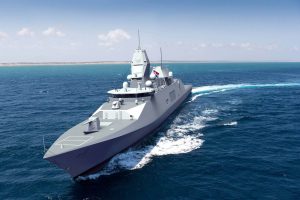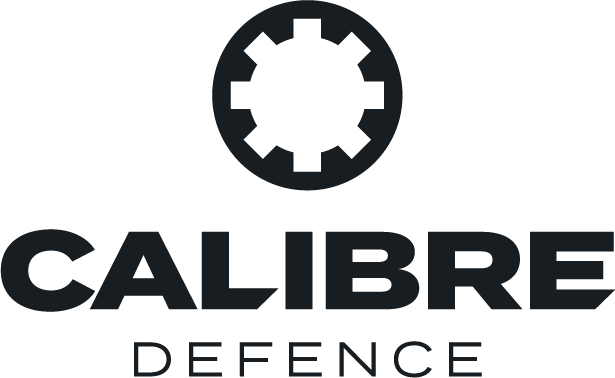BAE secures eight gun deal with Dutch and Belgian navies
BAE Systems has secured a deal with the Dutch and Belgian navies to provide eight of its 40Mk4 Naval Gun systems to equip the four anti-submarine warfare frigates that are being built under a joint venture for the two navies, according to a 1 November BAE press release.
The contract was signed with the Dutch Materiel and IT Command (COMMIT) and will provide each of the four frigates with two of the naval gun systems from 2026, which is when the first gun will be delivered. It also includes installation, training documentation, spares, and tools as well as the option to operate the BAE Bofors 40 mm 3P (Pre-fragmented, Programmable, Proximity- fuzed) ammunition, which can be programmed to perform in six different modes including airburst, impact, and proximity. Selecting 3P ammunition would maximise the flexibility of the system and help the crew respond to different target types.
For example, the uncrewed surface vessels often used by the Houthis have proven resilient to small arms fire and other engagements. Research conducted by H.I. Sutton of Covert Shores also indicates that some of those craft can carry significant payloads up to 500 kg with speeds of 52 knots – 96 km/h. The hulls used by these craft combined with their speed can make them difficult targets to intercept, which makes ammunition selection and an efficient engagement key. Failure to quickly debilitate and disable a crewed or uncrewed boat carrying such a large explosive payload could lead to the loss of a ship. This is why a flexible ammunition nature that can be adapted to maximise lethality could be seen as a valuable addition to a surface vessel.

The JV between the Netherlands and Belgium is building four ASW frigates. This artist’s depiction shows how they may look. Credit: Dutch MoD.
The design and build of the frigates was contracted to Damen Shipyards in 2023, with a separate contract awarded to Thales for the Above Water Warfare System, fire control cluster and associated sensor suite. The total cost of the programme is estimated to be EUR4 billion ($4.2 billion) and the first ship is expected to be delivered to the Royal Netherlands Navy in 2029, with all four delivered by 2031. They are slated to have a total displacement of 6,400 tonnes with a length of 145 m, a beam and draught of 18 m and 5.5 m respectively. The ships will have a crew complement of 117, which is 36 less than the M-class frigates they replace as a result of extensive automation.
Anti-submarine warfare is a challenging area for European navies. It is occasionally referred to as ‘awfully slow warfare’, in reference to the vast amount of time and resources needed to scour the seas for adversary submarines trying their best to avoid detection. Russian Kilo class submarines, which are operated by the PLA Navy, and Iran, have been dubbed the ‘black hole’ by the US Navy for their ability to evade detection. Because of this, ASW requires a lot of vessels, aircraft, and national-level intelligence resources to be conducted successfully. These are expensive assets to procure and maintain in service, so the addition of four frigates with a focus on this role for the Netherlands and Belgium will make a welcome addition to Europe’s capabilities in this area, providing that the region is able to coordinate its efforts when it comes to tracking Russian submarines.

Sign Up for Updates!
Get insider news, tips, and updates. No spam, just the good stuff!






